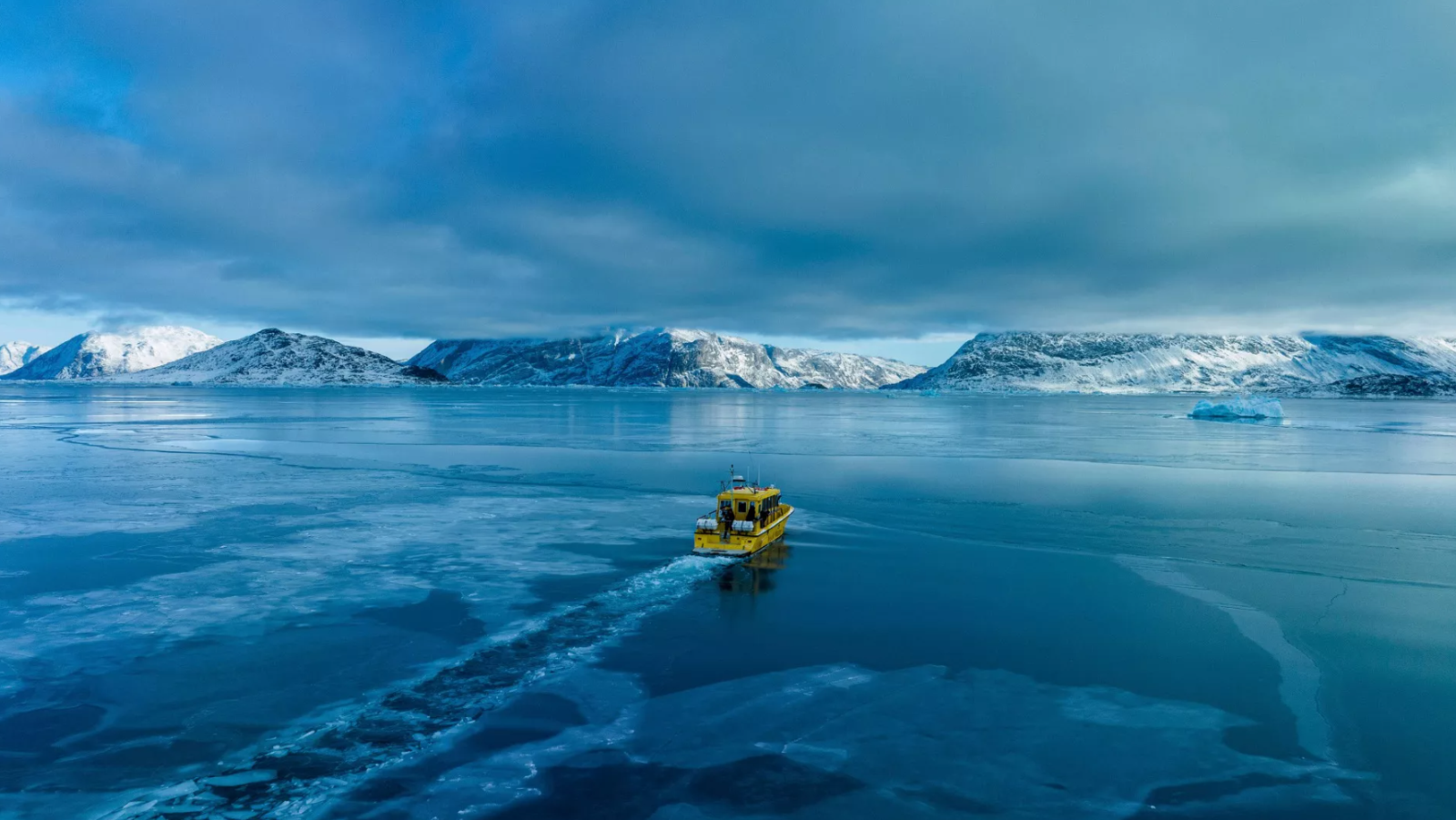
Scientists warn that this dramatic decline is not just a regional issue but a global climate warning. The Arctic, which is warming four times faster than the rest of the planet, plays a crucial role in regulating weather systems. As ice cover diminishes, the jet stream weakens, increasing the likelihood of extreme weather events such as prolonged storms, floods, and cold snaps in lower latitudes.
Moreover, the quality of sea ice is also deteriorating. Ice scientist Julienne Stroeve notes that the remaining Arctic ice is thinner and more fragile, making it vulnerable to rapid melting in the summer. Although a record-low winter peak does not guarantee an all-time summer low, it raises the risk of further ice loss and ecosystem disruption.
The disappearance of sea ice is already having severe consequences for wildlife, particularly polar bears, whose populations are shrinking due to habitat loss and hunting challenges. It also affects fisheries and species like seal pups, which rely on stable winter ice for survival.
Since satellite tracking began in 1979, Arctic sea ice's winter peak has shrunk by an area roughly the size of Pakistan. The trend is consistent across all four seasons, with the five lowest winter peaks all occurring since 2015.
The crisis is not confined to the Arctic. Earlier this month, Antarctica nearly set a record for its lowest summer sea ice extent, marking the second-lowest minimum on record. Combined, Arctic and Antarctic sea ice levels hit an all-time global low in February.
Scientists stress that the shrinking ice cover is an early warning system for broader climate disruptions. "We are witnessing changes that will have lasting consequences," said Jennifer Francis of the Woodwell Climate Research Center. Without urgent action on global emissions, the Arctic will continue its march toward an ice-free future, with devastating ripple effects worldwide.